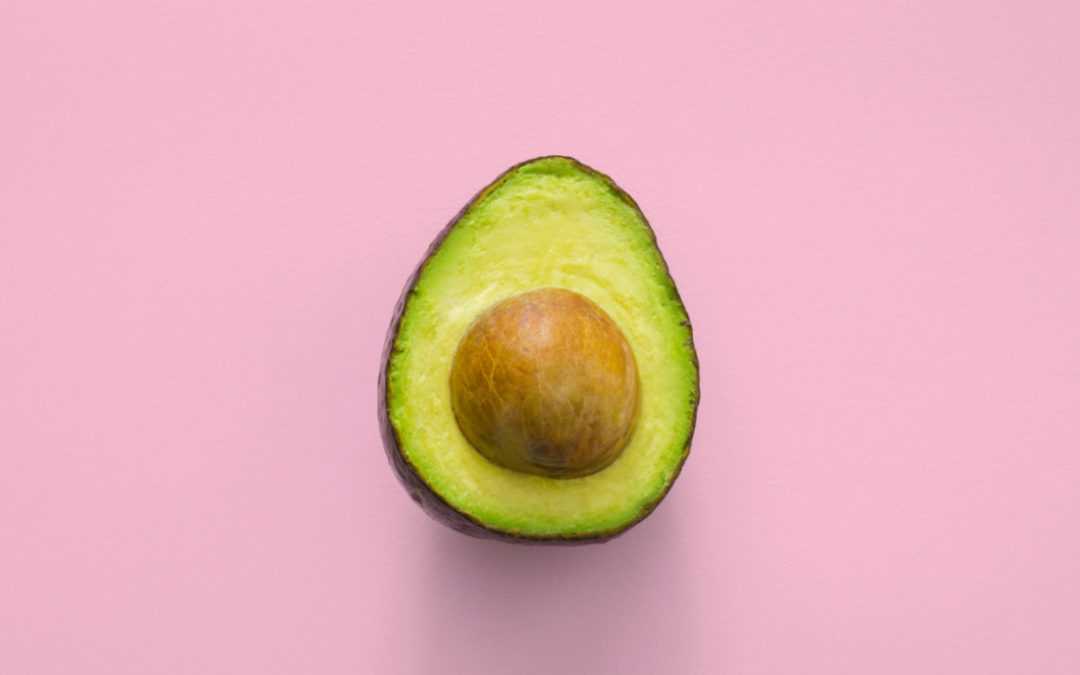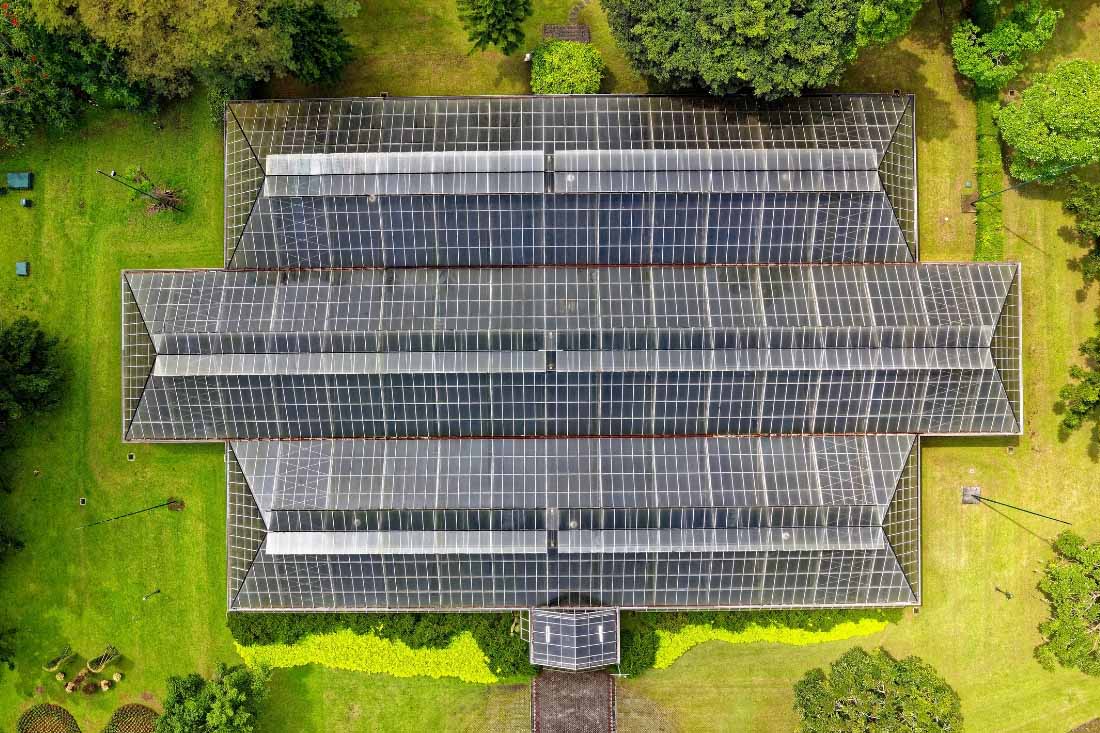
Have your smashed avo and eat it too!
One of the most annoying myths for young homebuyers has to be the smashed avo breaky one. You know – to buy a property you have to forego delicious weekend breakfasts. Well, here are three easy recipes that prove otherwise.
Today we’re going to have a little fun and trade in our finance professional cap for a chef’s hat.
Why? Well you see, there’s this pesky little lie about buying a home that just won’t go away.
It’s the one where some self-proclaimed property expert condescendingly tells Millennials that all they need to do to afford a property is give up luxuries such as smashed avocado for breakfast.
Well, to quote celebrity chef Gordon Ramsay… actually, it’s probably best we don’t quote Gordon in this instance.
Instead, here are three gourmet breakfasts you can whip up at home for no more than $15 for four people.
-
Smashed avocado and feta on toasted rye
Let’s start with the obvious one. Sure, smashed avocado is going to cost about $15-$20 per person in a hipster cafe, and that won’t exactly break the bank if you do it every now and then.
But it also happens to be one of the easiest, quickest and cheapest breakies you can make at home. And it takes just minutes.
This Taste.com.au recipe simply requires:
– two avocados – smash it! ($4)
– 80g creamy feta – mix it! ($2.50)
– half a loaf of rye bread – toast it! ($2)
– 2 tablespoons chopped fresh mint or dill – garnish it! ($2)
– 1 lemon/lime – drizzle it! ($1)
Total price = $11.50 (price proportional to ingredients used in each item purchase).
Plating-up is straight-forward enough, but if you’d like to follow a step-by-step guide, click on the recipe link above, or check out this BBC version.
To jazz it up even further, feel free to add a thin slice of smoked salmon, a poached or half-boiled egg, or some crunchy bacon.
-
French crepes
Weekend breaky doesn’t get much simpler, or more fun, than flippin’ French crepes.
Seriously. You’ll be surprised just how easy, tasty and cheap this meal is (as long as you have a non-stick frypan).
The best bit? Taking turns to flip the crepes makes for great entertainment too. Especially when someone drops one!
This Taste.com.au recipe requires the following ingredients to feed four to six people.
– 2 cups of plain flour ($1)
– 2-3 cups of milk ($1)
– 4 eggs ($3)
– pinch of white sugar
– Filling/s of your choice $5-$10
Total price = $9 to $14
Once you’ve whisked or blended all the ingredients together (minus the fillings, obviously), let the batter rest for 20-30 minutes to get the texture just right.
Warm the non-stick frypan to medium heat, melt some butter across it, then thinly coat the pan with the crepe mix.
After a minute or two, use a spatula to see if the bottom of the crepe has turned golden. If so, ensure it’s loosened off the pan with the spatula and then let rip with a flip!
When the other side is also golden serve the crepe on a plate, smother it with a delicious filling, and then roll or fold in triangles ready to eat.
Popular fillings include lemon drizzle and caster sugar, jam, honey, and Nutella and ice cream. But the possibilities are endless!
-
Shakshuka (aka poached eggs in spicy tomato sauce)
Ok, so this dish will be slightly more complicated to put together, so we won’t run through the whole process in this article.
Instead, here are a number of recipes you can follow, including from the New York Times, Taste.com.au, The Guardian and the ABC’s Poh’s Kitchen.
Now, this is traditionally a vegetarian dish so, provided you have most of the required spices in your cupboard, it shouldn’t cost more than $12-$15 to create.
But, if you want to go a little rogue, then feel free to add in some diced bacon, chorizo, minced lamb or pork sausage.
Get in touch
With all the above dishes costing less than $15, it’s safe to say you’re not going to need us to help you finance them!
But, if you’re looking at buying a property and want help lining up finance for that, well, you know exactly where to find us – in our office on weekdays, and cooking up a breaky storm on the weekends!




